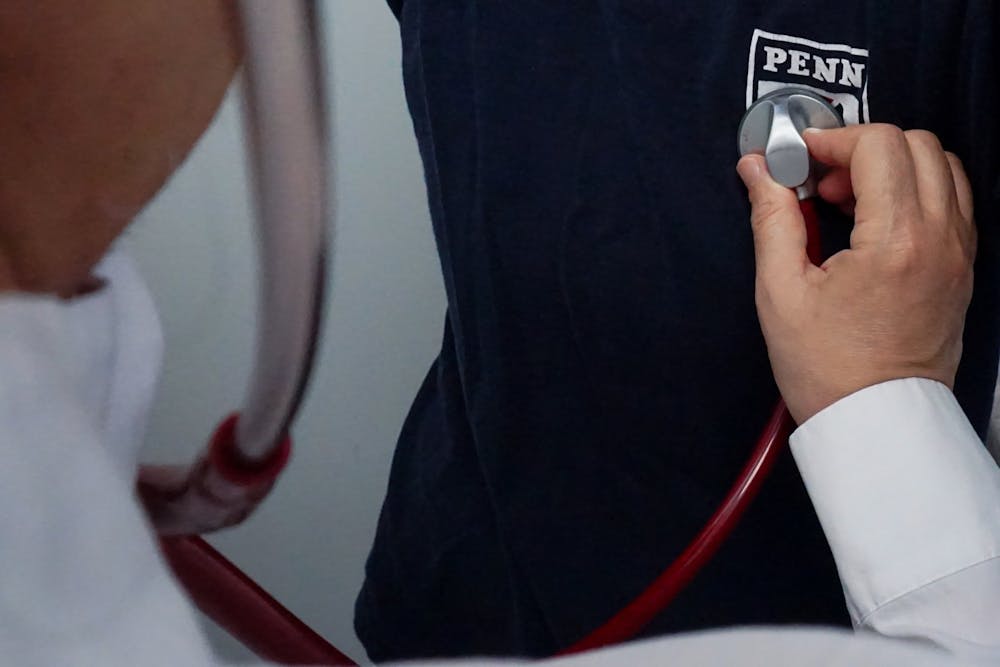We’ve all seen the sentimental corporate ads praising essential and health care workers during the pandemic. These workers have been lauded by politicians, the media, and corporations as heroes. This positive publicity has likely contributed to medical schools, nursing schools, and public health programs seeing surges in applications, with applicant pools for some programs increasing by double-digit percentages. It is clear many students have been inspired by this pandemic to join the health field and help prevent or fight a future pandemic. Many students also recognized the many glaring shortcomings in the United States’s healthcare system, specifically, the shortage of health care professionals, including doctors, nurses, and public health professionals. Some are hopeful that the increased interest in health will help address this shortage. Unfortunately, America’s continuous lack of prioritization toward health care, as made blatantly evident during this pandemic, means the number of health care positions will not rise to match this interest. Penn students inspired by the pandemic should not be deterred from joining health-related fields, but should be wary of the lack of sufficient resources to support them and their work.
The shortage of health care workers has never been due to a lack of interest or even lack of qualified candidates. Medical schools have always rejected over half of all applicants, many of whom are highly qualified. The pandemic highlighted this shortage; for budgetary reasons, most medical schools can only accommodate a slight increase in students. Nursing schools are experiencing the same budget strains, and prior to the pandemic, already had to reject nearly 80,000 qualified applicants a year. However, medical and nursing schools are hardly the ones to blame for this. The U.S. has systematically limited funding to health care training programs. Most medical residencies are paid for by Medicare, a program that is consistently underfunded. While Congress, in 2020, increased the number of residency positions by 1,000 over the next five years in response to the pandemic, this is still a far cry from meeting the projected shortage of around 100,000 doctors. The Association of American Medical Colleges claims to support raising a cap on residencies, yet physician organizations in charge of the caps oppose the increase in residency positions. Such a policy position ultimately boosts physician salaries while keeping the physician workforce low, and medical school students, applicants, and graduates suffer from it.
In an attempt to address the need for more public health workers, President Joe Biden is planning to fund over 100,000 new public health jobs through his American Rescue Plan. Biden promises these jobs will remain long-term, but given America’s track record of underfunding healthcare, this is not a given. Public health in America has never been a priority, with funding decreasing consistently since the 2008 Recession. The government invested little to prepare for a pandemic that has been predicted by experts for decades. Republican officials across all levels of government have downplayed and denied the severity of COVID-19 while opposing increased support for local and state health departments affected by the pandemic. These politicians’ anti-public health sentiments further prevent the U.S. from making the necessary systemic changes to alleviate the public health worker shortage and prepare for the next pandemic. Efforts to hinder public health will not only hurt those who need health care, but also those vying for and expecting job opportunities in the public health sphere.
Those in the health care industry will be forced to grapple with continued lack of funding and an increasing rate of qualified unemployed professionals for generations to come. Being inspired by the pandemic to want to save lives and prevent a future pandemic is undeniably honorable, but the U.S. just does not prioritize health care and health care workers the way it should. The obvious solution is for the government to increase health care funding, but the rhetoric of those in power shows this is unlikely to happen anytime soon. Although far from a complete solution, Penn and other schools can increase funding and positions in their non-Medicare-funded graduate medical education programs. Nursing schools and Master of Public Health Programs can follow similar protocols to increase program sizes. However, the reallocation of funds necessary to drastically increase class sizes will take time. In addition, the expansion of health care jobs would need to align with these increases in health care professionals to prevent the influx of unemployed medical professionals previously mentioned. In the meantime, Penn pre-health students should still continue to pursue their passion, but should also understand that despite an increased need for health care workers, opportunities and resources in the health care field will not match the increased interest.
MATTHEW LIU is a College rising junior from Allentown, PA studying biochemistry, chemistry, and neurobiology. His email is liumatt@sas.upenn.edu.
SEE MORE FROM MATTHEW LIU:









